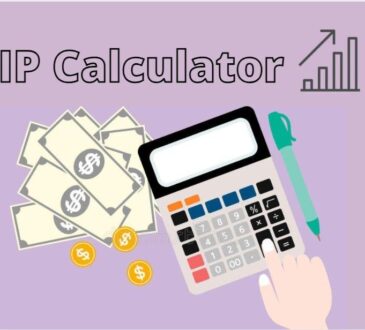
CFD is a contract that involves buyers and sellers. It requires buyers to pay the seller any difference between the asset’s current value and the value at the contract’s time. It is commonly used in financial derivatives trading when there is a cash settlement. It is a form of derivative trading. It refers to how the asset value is derived based on its movement. CFD trading lets traders speculate on price movements without having to own the underlying asset.
CFD refers, in forex trading, to a contract or agreement that lets you exchange the price differential of a forex pair when the contract is open and closed. You will receive or pay the difference in price between the opening and closing price of CFD. If the difference between the opening and closing prices of the CFD is positive, the CFD issuer will pay you. If the difference comes out to be negative, the CFD issuer will charge you. The online cfd trading platform offer leverage on all supported marketplaces.
CFD traders enter into a contract directly with their broker. The seller will be the broker and the buyer will be the trader. Both parties sign a mutual contract that involves speculation about the currency pair’s price in market conditions. CFD traders can avoid many of the issues of traditional trading by choosing forex CFD trading when the currency pair is owned. CFD trading should be understood before you can begin. CFD trading can be very different from other forms of trading. This is why it is so important to fully understand what CFD trading means. The next step is to open a CFD Trading Account. It takes just minutes.
After you verify your details, you can fund the trading account. Demo accounts are available to help you practice using virtual money to increase your confidence before you move into live trading. Also, you need a trading strategy that suits your trading goals. A trading plan should address everything including your strategies, available capital and diversification. It also needs to consider time commitment. After you have completed your research on the market, it is time to place your first order. While doing this, the first step is to decide if you wish to take a position long-term or short-term. If you believe the value is going down, you need to sell.
When you open a trading position, your profit/loss will match the underlying market price. The trading platforms allow you to see all open trading positions. Here, some positions can be closed too. CFD trading provides greater leverage than traditional trades. CFD trading allows you to only deposit a fraction of the total trade value to open a new position. The margin is the amount of deposit that you must make in order to open trades. The margin is dependent on your position and the margin factor. CFD traders don’t own the underlying currency pairs, so they are able to go short whenever they like without additional cost.
While leverage is advantageous, it can increase your risk to lose. CFD brokers can be confusing so research is essential before you make a decision. Choosing the best currency pair is essential. One that doesn’t show enough trades can render your contract ineligible. CFD providers might ask you for extra margin to maintain the positions open, or close them at lower prices. CFD prices are subject to rapid change in financial markets. This can lead to a drop in the CFD price even before the trade is executed. This is called gapping. And now more and more crypto cfd trading platforms are flooding the market.
CFD trading gives traders the ability to speculate on the price movement of both the direction and profit/loss will depend upon how accurate your prediction is. CFD trading is known for its diversification and leverage. CFD trading, like all forex trading, is extremely risky. CFD trading in forex involves many risks including volatility, illiquidity as well as leverage. It is important to consider all potential risks before trading forex CFDs.










